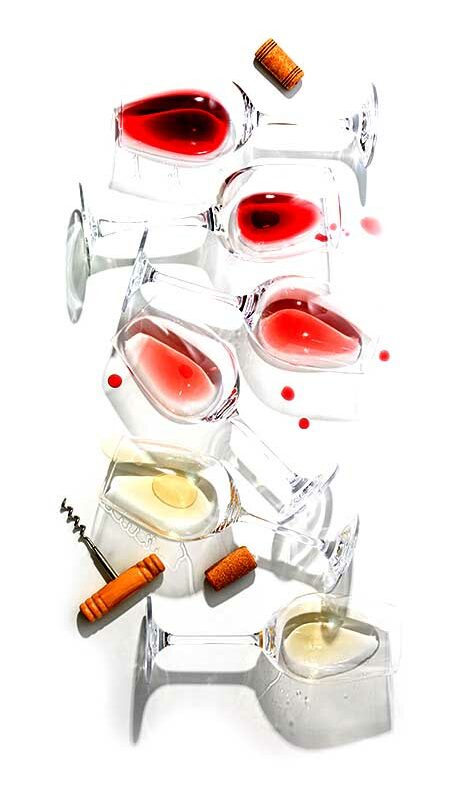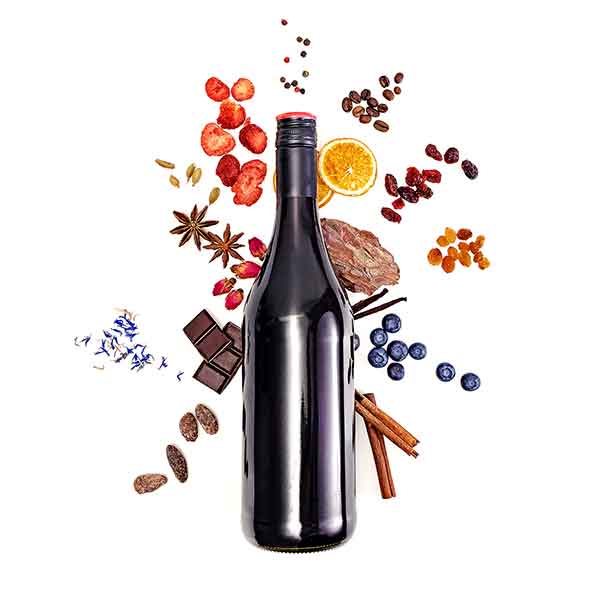How to pick a premium wine that you’re sure to love
The right wine can make the best moments of our lives even more memorable. But choosing can be tricky, and our wine experts say it is an art unto itself. That’s why we’ve prepared this short guide to help you understand what experienced tasters look for when selecting a wine.
The five main criteria and how wines are classified
Before we jump into the full spectrum of flavours, here are the five main criteria that connoisseurs and experienced drinkers used to discern the subtleties of wine. With these criteria, you’ll be able to tell exactly how a wine will look, taste, smell and feel.
Sweetness
When it comes to wines, the opposite of sweet isn’t bitter; it’s ‘dry’. So, wines are either classified as ‘sweet’, ‘semi-sweet’ or ‘dry,’ with dry wines being the least sweet.
Acidity
Do you enjoy the sharp, tart taste when you take your first sip? That is acidity. On the other hand, low acidity wines taste rich.
Tannins
Tannins give wines their distinctive astringent, bitter taste. While tannins dry your mouth, but this is not to be confused with the dryness we saw earlier.

Body
Wines are labelled as ‘light bodied’, ‘full bodied’ or ‘medium bodied’. Light bodied wines go down smoothly, whereas full bodied wines linger viscously in the mouth and leave a trail of flavours. And medium bodied? Well, you guessed it – they’re somewhere in-between.
Alcohol
Do you feel the warmth at the back of your throat as the wine goes down? That comes with a higher alcohol percentage. This is measured in alcohol by volume (ABV) and can range from a mere 5.5% all the way up to a whooping 20%. When you pop the cork and smell the wine, it is the evaporating alcohol that carries the aroma that you smell.
Try this at home
Pinch your nose and take a sip. You’ll be surprised that you cannot taste the wine at all. That’s because you need the nose to pick up the alcohol – the messenger of flavours!
The full spectrum of wine flavours
Now that you know the five main criteria by which wines are judged by discerning tasters, let’s get to perhaps the most important aspect – flavour.

Big wines
You’ve probably heard of or tasted ‘big red’ wines – generous on tannins, full-bodied, bold and often paired with fatty red meats like steak. Big whites are less well-known, but equally flavoursome. Is your glass of white aromatic, full of character and off-dry (just slightly sweet)? Then you’re probably enjoying a big white!
Juicy whites and reds
You could argue that ‘big wines’ counterpart are fruity ones. Easy drinking with smooth edges and mellow flavours, fruity whites recall orchard harvests. Juicy reds – think Beaujolais – are equally fruity, light to taste and lacking the bold oak flavours and tannins that can be found in their heavier red cousins. Wine drinkers with a higher-than-average number of taste buds or ‘super tasters’ are often fond of these wines as they tend to be away from bitterness.
Fresh whites
Do you like a healthy dose of flavour and a refreshing sensation in your glass of white? You could be a fan of fresh whites. These wines are medium-bodied and laced with zesty, citrusy aromas. Perfect for warm summer evenings, these dry-leaning wines are zingy with a refreshingly crisp kick.
Herby reds
There are lots of complex flavours to be discovered in herby red wines – structured, subtle, and less overtly bold, but by no means less intellectual than big reds. In fact, a lot of these wines are so challenging they often call for food to accompany them. They’re for mulling over, thinking about and enjoying each sip to the fullest.
Smooth reds and whites
The final flavour profile is smooth with soft tannins, comforting and round. These whites are peachy with a tinge of butterscotch oak that is absolutely delicious, like a well-balanced Chardonnay. The reds are rich and chocolatey with subtle notes of berry to balance out the palate – such as a nice and rounded Rioja. These medium-bodied wines typically hail from sunny climates that produce rich, juicy grapes.
So there you have it – the five basic elements of wine selection and the five big flavours. Now it is just a matter of understanding what flavours you specifically like. Once you’ve mastered that, you cannot go wrong!
Curious to find out
which wine flavour profile is right for you?
Head over to our interactive Wine Flavour Tree quiz created in collaboration with Master of Wine Sam Caporn. Take a few moments to answer a set of multiple-choice questions that will put you on the right path to buying and enjoying the best wines for your taste buds.